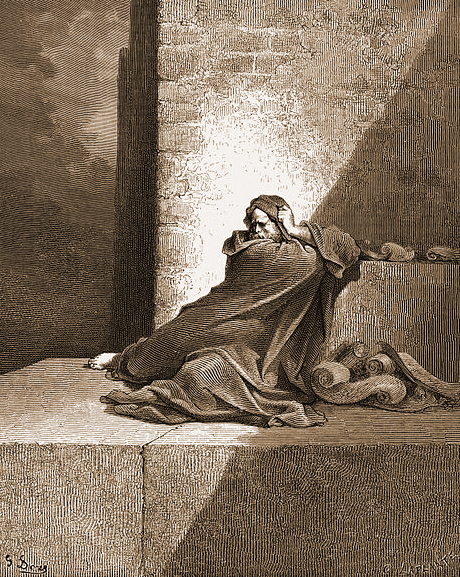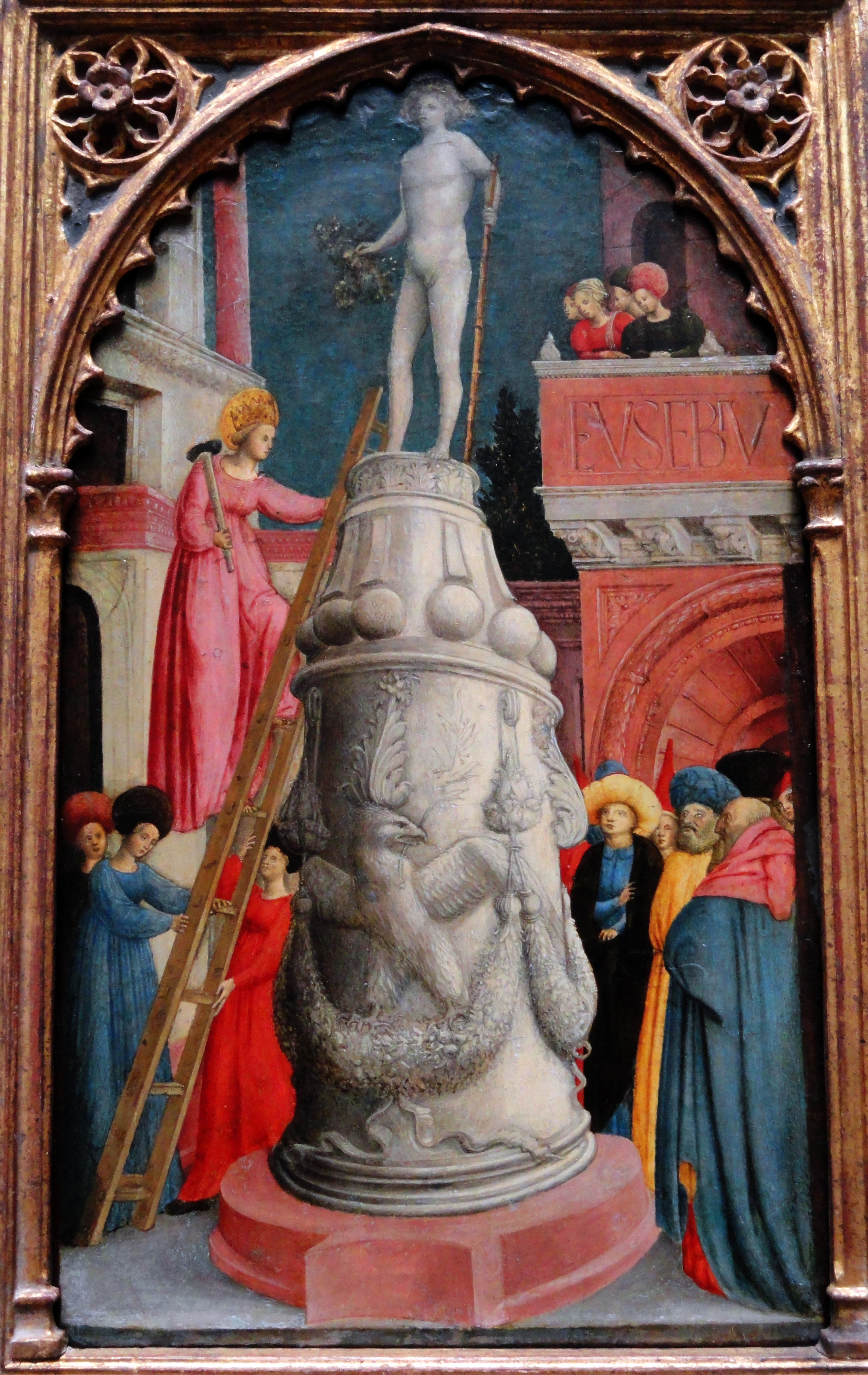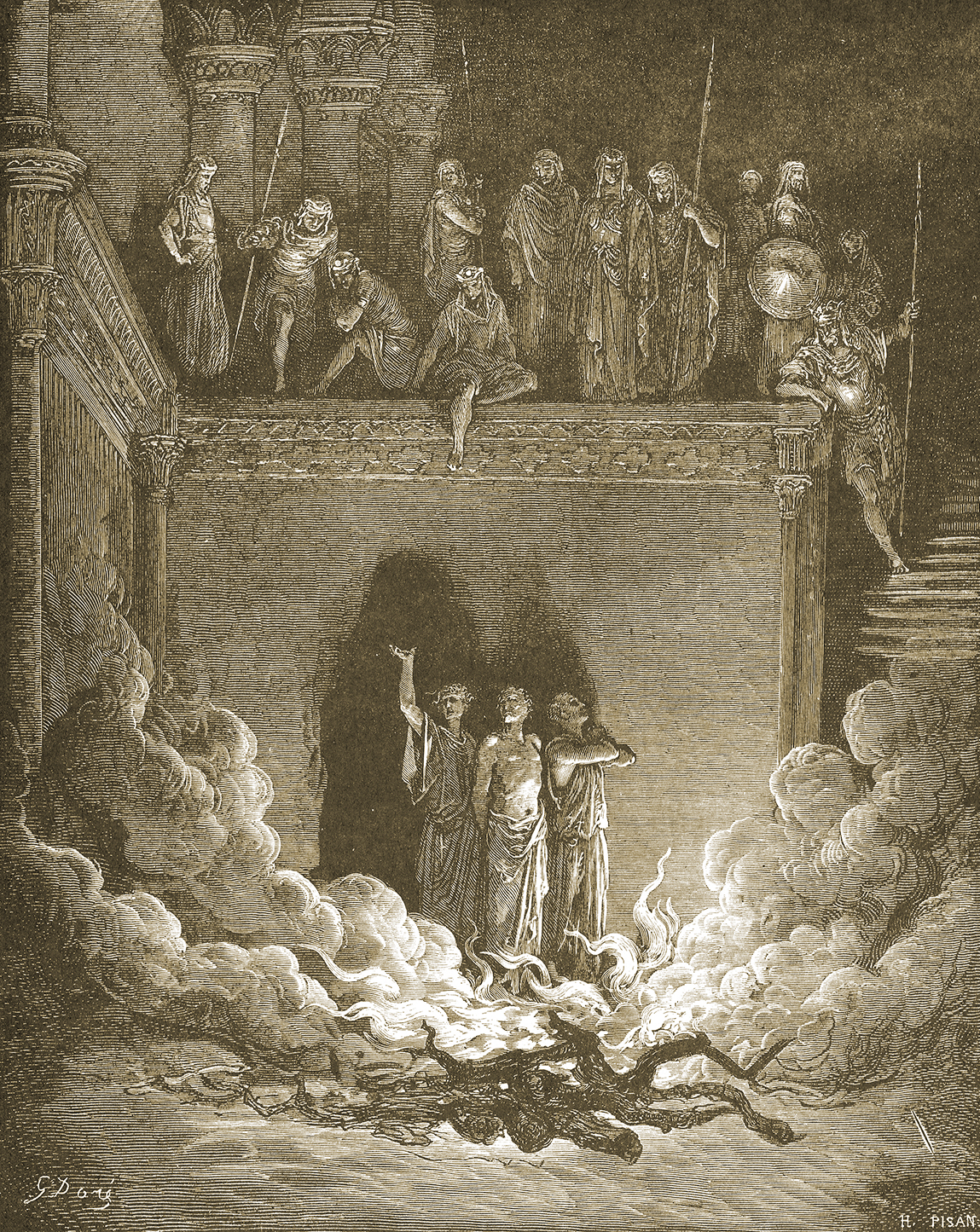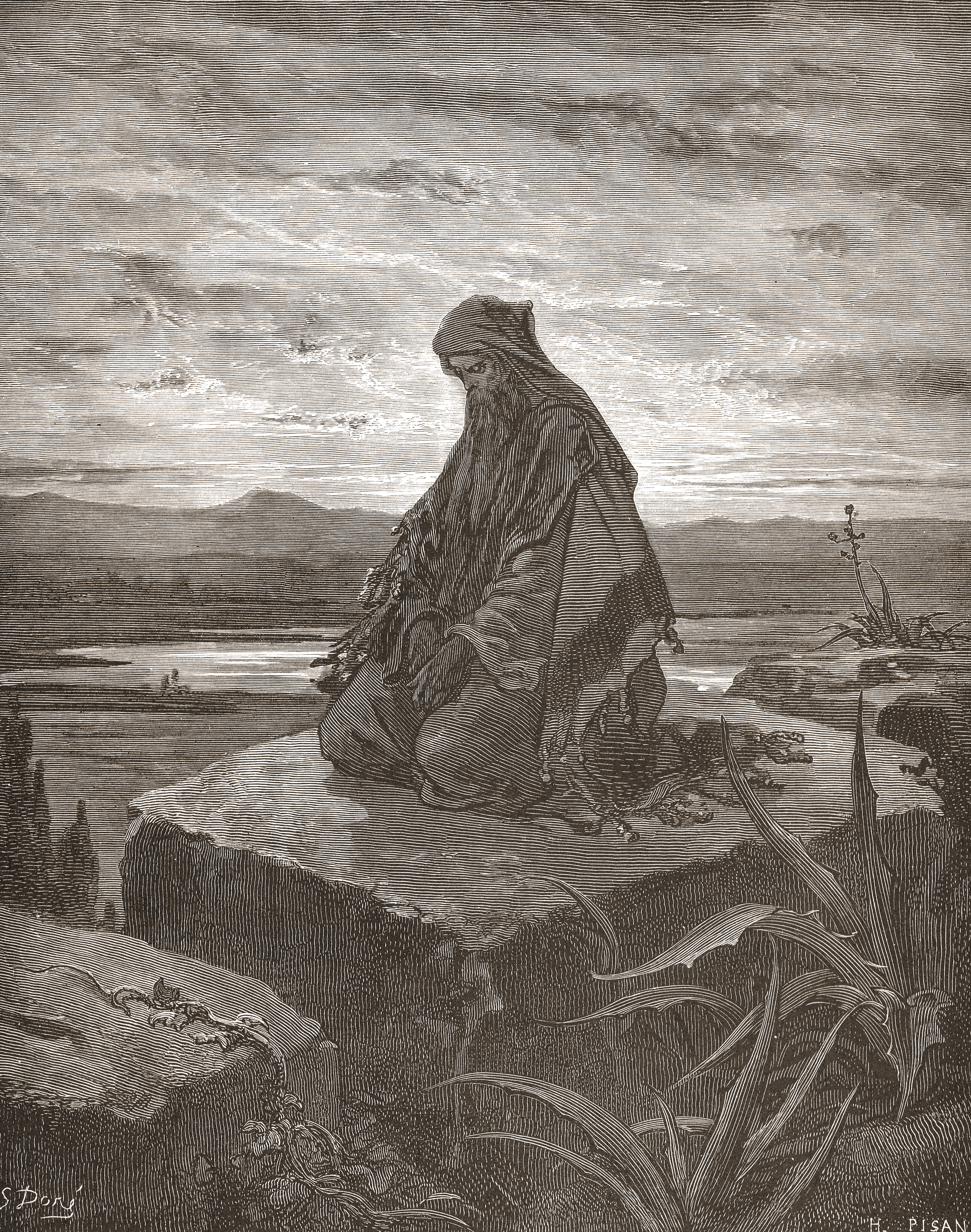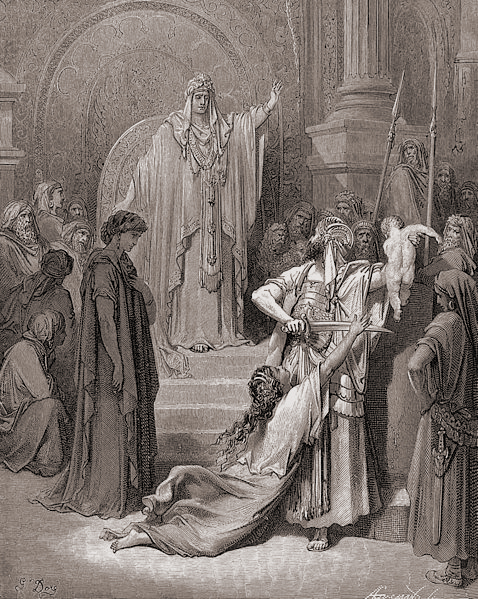Below, an abridged translation from the third volume of
Karlheinz Deschner’s Kriminalgeschichte des Christentums.
Portrayals of the biblical female world
Among the singularities of the Old Testament lies the more or less strong opposition, that it always found a place in Christianity, about this section of the ‘Word of the Lord’: the most extensive. It not only was full of enormous warlike cruelty, but also consecrated deceit, hypocrisy and treacherous murder. For example, the heroic deeds of Phinehas, who sneaks into the tent and pierces a couple of lovers with a sword; the bloodthirsty actions of Judith, who enters the camp of the Assyrians and treacherously murders General Holofernes; the fatal blow of Jael, who amicably attracts Sisera, the fugitive captain of the king of Hazor, who is exhausted, and murders him from the back.
These and other similar acts have more than two thousand years and not only do they appear in the Bible: they have been justified and exalted through the ages. Even in the 20th century the cardinal archbishop of Munich and expert in the Old Testament, Michael Faulhaber, military prior of the emperor, follower of Hitler and post festum of resistance, pompously praises ‘the act of Judith’: the action of a woman that, according to Faulhaber, has ‘lied’ first, then ‘woven a network of conscious lies’ and finally ‘killed a sleeper in a treacherous way’. However, ‘as a warrior of the Most High, Judith felt she was the depository of a divine mission. The struggle for the walls of Betulia was ultimately a war of religion’.
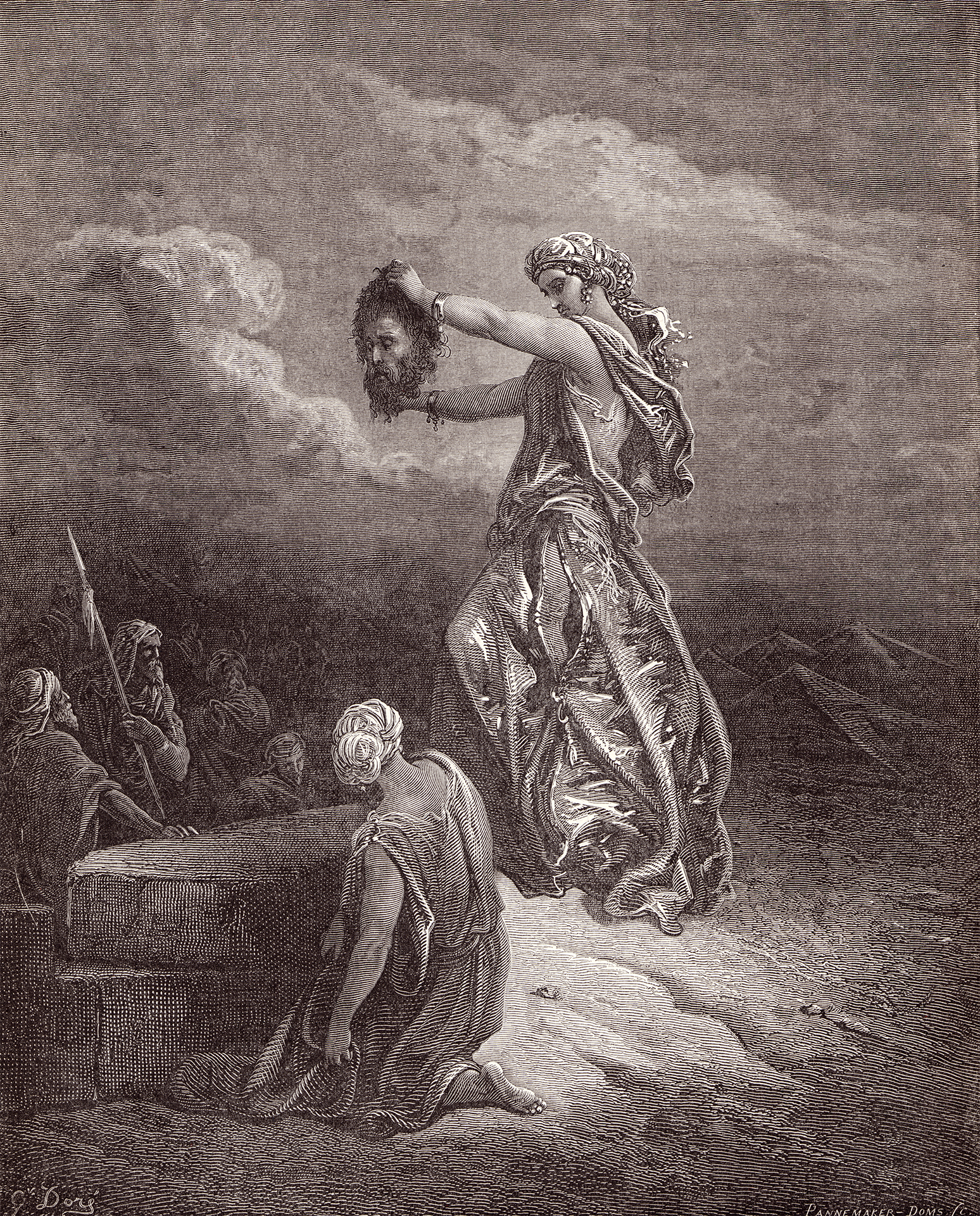 If something ‘sacred’ is at stake, the Church hierarchs always consider any diabolical action valid provided that it is in the interest of the Church; that is, of their own. Consequently Christian Friedrich Hebbel, a vehement detractor of Christianity (‘the root of all discord’, ‘the smallpox virus of mankind’) with his Judith (1840), which made him famous, is disqualified for presenting only one ‘sad caricature of the Biblical Judith’.
If something ‘sacred’ is at stake, the Church hierarchs always consider any diabolical action valid provided that it is in the interest of the Church; that is, of their own. Consequently Christian Friedrich Hebbel, a vehement detractor of Christianity (‘the root of all discord’, ‘the smallpox virus of mankind’) with his Judith (1840), which made him famous, is disqualified for presenting only one ‘sad caricature of the Biblical Judith’.
Another poet deserved a much more favourable opinion from the same ecclesiastical prince. After Faulhaber reminded us the feat of Jael with the words of the Bible (‘Her right hand to the workman’s hammer, And she smote Sisera; she crushed his head, She crashed through and transfixed his temples’), he says nonetheless that this is ‘unworthy, perfidious, hypocritical and murder’. But the Bible glorifies this woman as a ‘national heroine’ through the hymn of the prophetess and Judge Deborah. And so the entire Catholic world celebrates her for two millennia and also her most famous author, Calderón de la Barca:
In one of his sacramental plays he provided Judge Deborah with the allegorical figures of prudence and justice; and Jael the other two cardinal virtues, temperance and strength. Jael, who destroys the head of the enemies of the revelation, becomes a projection of the Immaculate, who, according to the words of the Latin Bible, crushes the head of the old serpent. Hence Calderón’s words while destroying the head of Sisera: ‘Die, tyrant, to arms’. Under the pen of Calderón the whole story of Deborah becomes a little Marian doctrine.
Nice expression that of the ‘little Marian doctrine’!
At least for those who know—because the great mass of Catholics are ignorant—, Mary is not only the Immaculate, the caste, the queen, the triumphant dominator of the impulses: but the successor in the head of Janus of her ancient predecessor, Ishtar, the virgin Athena, the virgin Artemis, also the great Christian goddess of blood and war; not only ‘our beloved Lady of the Linden’, ‘of the green forest’ but also of murder and massacres, from the beginning of the Middle Ages until the First World War.
Faulhaber published on August 1, 1916, ‘the day of commemoration of the mother of the Maccabees’, in ‘war edition’, the 3rd revised edition of his Charakterbilder der biblischen Frauenweit (Portrayals of the Biblical Female World) to ‘bring to the German feminine world in bloody and seriousness the days and the examples still alive of biblical wisdom: the sources that still emanate spiritual strength and altars still flaming above-earthly consolations’. Women could ‘learn much war wisdom’ from these biblical women; ‘much sense of courage’, ‘much spirit of sacrifice’. ‘Even in the days of the war the Word of the Lord is still a light in our path’. And in the 6th edition, Cardinal Faulhaber presents his Portrayals in 1935, the Hitler era, and praises Deborah as ‘a heroine of ardent patriotism’, ‘which makes in her people a rebirth of freedom and a new national life’.
______ 卐 ______
Liked it? Take a second to support this site.

